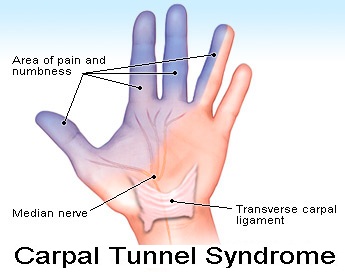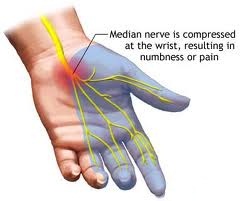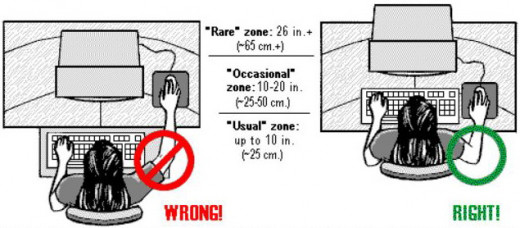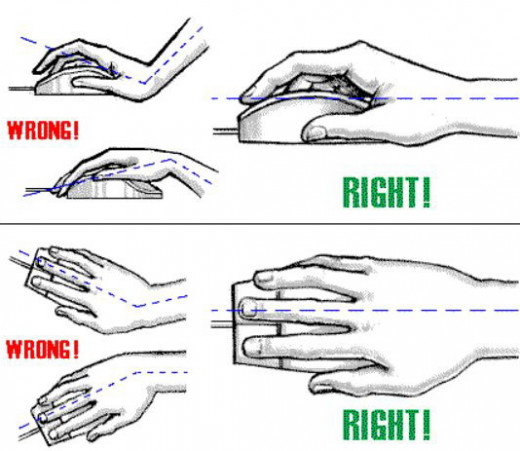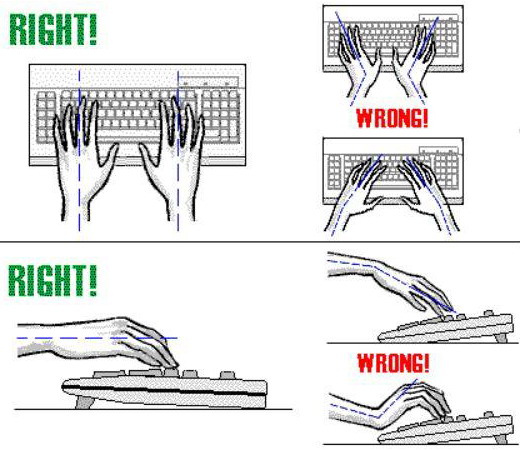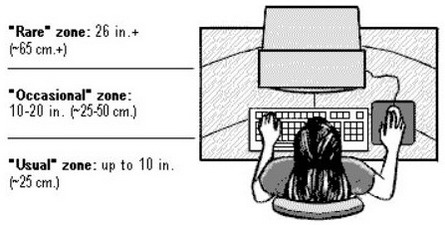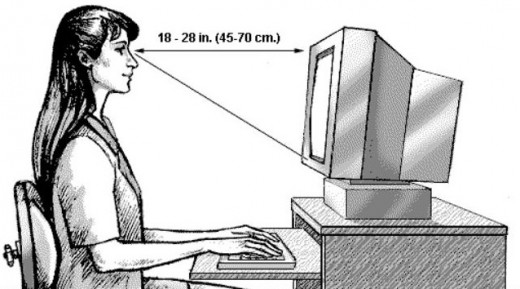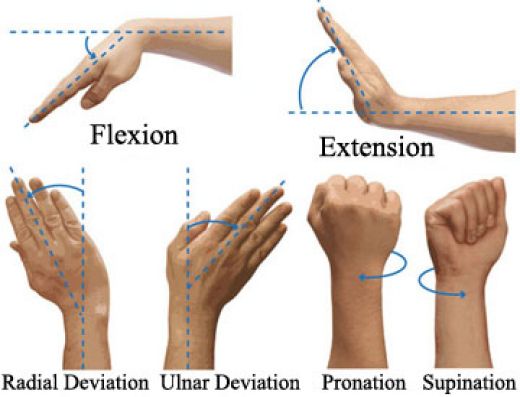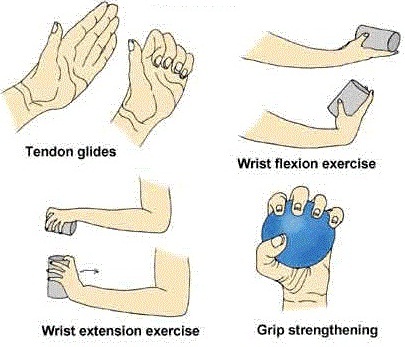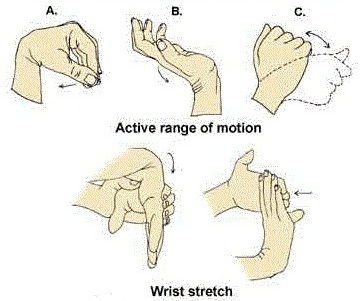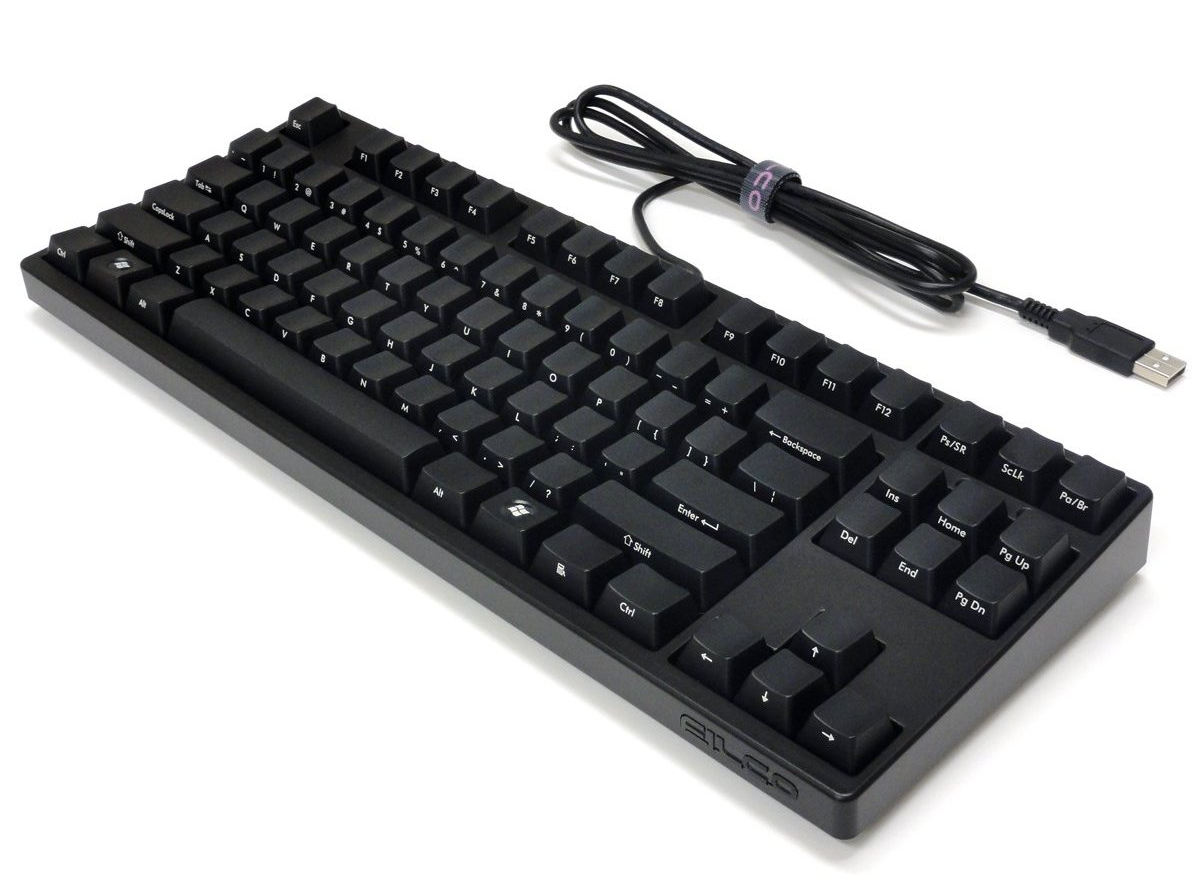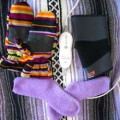Carpal Tunnel Syndrome or CTS: Causes, Symptoms and Exercises
What is Carpal Tunnel Syndrome or CTS?
Carpal Tunnel Syndrome or CTS is a condition that occurs when the median nerve in the wrist that supplies feeling and movement to parts of the hand becomes pressed or squeezed.
Carpal Tunnel Syndrome stands out as one of the prevailing hand ailments, typically stemming from pressure applied to the median nerve within the carpal tunnel located in the wrist. This tunnel, confined by bones and ligaments on the palm side of the hand, serves as a narrow passage. Compression of the median nerve triggers symptoms such as numbness, tingling, and weakness in the thumb and fingers.
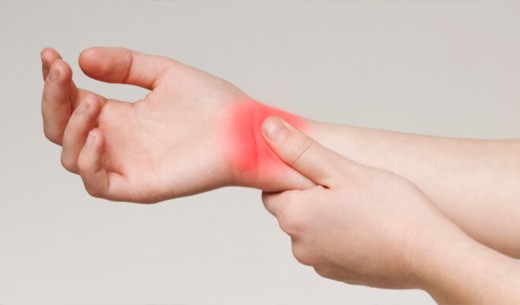
Carpal Tunnel – this is the area on your wrist where the nerve enters the hand and is normally narrow.
This disease is characterized by numbness, pain, tingling, and weakness. It typically affects the thumb, middle fingers and index. There are so many conditions that can trigger increased pressure within the carpal tunnel and can lead to this condition. This is common on people whose work involves repetitive motion/movement of the wrist and hand.


Common causes of Carpal Tunnel Syndrome
- Typing on a computer keyboard
- Writing
- Sewing
- Painting
- Playing musical instruments
- Use of hand tools or tools that vibrate
- Wrist fracture
- Other causes of inflammation of the wrist
Symptoms of CTS
- Numbness or tingling of the palm of the hand, in the thumb, index and middle fingers
- Pain in the wrist
- Hand weakness
- Problems on gripping objects (weak hand grip)
- Difficulty in feeling and handling small objects
- Tingling, pain and numbness extending to the elbow
- Difficulty with finger movements
How To Prevent CTS
- Reduce or avoid repetitive wrist movements whenever possible.
- Use tools and equipments that are designed to reduce the risk of hand and wrist injury
- Take frequent breaks when your work is writing and typing and stop if you feel numbness and pain on your wrist.
- Maintaining an appropriate posture and regular exercise may prevent the onset of CTS
- The use ergonomic aids such as modification of keyboards, wrist braces and other tools may improve wrist posture during typing.
Do's and Dont's
Click thumbnail to view full-size




- Copper Compression Arthritis Gloves | Fingerless Arthritis Carpal Tunnel Pain Relief Gloves
Copper Compression's Arthritis Gloves provide you with the compression you need to help reduce swelling and pressure, increase blood flow, restrict excess fluid build-up, and relieve aching and soreness in joints. For Men & Women.
Carpal Tunnel Exercises
Carpal Tunnel exercises are one of the best methods to prevent the Carpal Tunnel Syndrome from getting worse and to help relieved the pain of this condition. This helps strengthen the wrist and also can gain more flexibility.
Do some wrist stretches exercise few times a day so you can be relieved of pain from pressures on the median nerve. This can also help prevent further injuries to your wrists.
Since Carpal Tunnel Exercises doesn’t involve exercising equipments, you can do these simple steps even at your desk:



These exercises targeting carpal tunnel health are essential for individuals engaged in repetitive hand tasks.
Even if you haven't developed carpal tunnel syndrome, integrating these exercises into your routine can be beneficial, particularly if your work entails prolonged periods of sitting and typing on a computer.
- Amazon.com: ComfyBrace Night Wrist Sleep Support Brace- Fits Both Hands - Cushioned to Help With Car
Expertly designed to provide Gentle Pressure Support with precision, this wrist brace uses a removable palmar splint and strategically placed straps to provide the instant relief you crave!
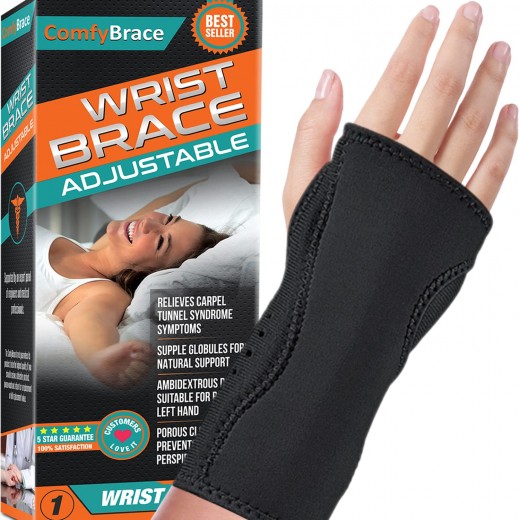
This content is accurate and true to the best of the author’s knowledge and is not meant to substitute for formal and individualized advice from a qualified professional.

